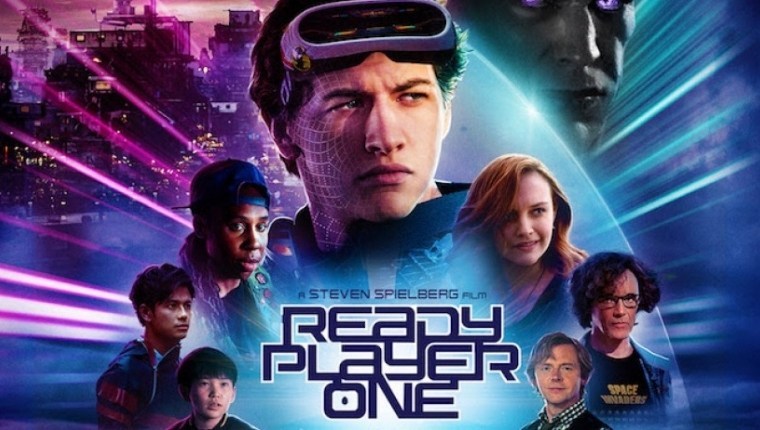Have you seen the movie ‘Ready Player One’ directed by Steven Spielberg? You might still remember the suit Wade bought that enables him to feel his virtual girlfriend’s temperature when he holds Samantha’s hands. This is exactly what Human-Computer Interaction (HCI) and ‘human-computer-human’ interaction should look like in the future. HCI is what can happen when the computer system as well as the human user get together to achieve a task, in an efficient and learnable way (section 1.3.1, Hartson R. and Pyla P., 2012). Clear and realistic vision/hearing can no longer meet people’s needs. The trend for HCI is now after the simulation in touch and taste, etc. that make people feel more immersive.

A master graduate designer at Cologne International School of Design, Dorothee Clasen invented a wearable devide TONG. The principle is to interact with the computer through the operation of tongue on the controller. According to Dorothee (Dezeen, 2020), the inspiration comes from her riding experience since riders often pulls the reins to communicate with the horse’s mouth. People can use the reins to influence the horse’s posture, and the horse will adjust its movements accordingly. This design seems a little ‘improvisation’ however it can be applied to practical cases. For those with a lack of arms or patients with progressive freezing syndrome, TONG can be very useful, by helping them control the wheelchair, direct the mouse and so on. Of course, for designers or professional gamers who are often very busy with their hands that they want to need a third hand to operate some simple functions, Tong can definitely be a new idea.
Just as VR goggle and wearable skin, it’s not unimaginable to extend devices like tactile fingers/gloves that can get real touch feeling. A design studio in Tokyo developed a tactile device called ‘Fulu’ to be used on the finger. Users can experience the touch of similar materials by wearing it, when the phone screen virtually touches objects of different materials (Fulu, 2020). For those users who raise pets on the cloud, this device let them experience the real touch of puppies and kitties.
The commercial value comes with the VR game with full immersion experience, which helps game players to obtain the super audio-visual and real touch experience provided by the full-body device. This type of Full body haptic suits plus tactile feedback gloves can get a complete tactile feedback experience, which can replicate soft touch feelings and strong shocks, simulating intimate contact in the virtual world. As far as I’m concerned, in the next few years, wearable devices that simulate human bodies in all aspects of seeing, hearing, smelling, tasting and touching, will become popular, in the upcoming immersive virtual world.
Of course, we can also get a very different life experience. In February 2020, a South Korean mother saw her daughter who passed away a few years ago through the use of tactile gloves. In the future, many people will turn themselves or their parents, lovers, and children into such virtual images to complete the digital “immortality” reshaping.
References:
Dezeen, Tong allows users to control a computer with their tongue, 2020, viewed at 8 Oct 2020, <https://www.dezeen.com/2020/08/26/inbrace-dorothee-clasen-graduate-design-technology-tongue-computer/>
FuLu, Haptic Finger Nail for Augmented Reality Design, 2019, viewed at 7 2020 <https://www.ryotada.com/fulu>
Hartson R. and Pyla P., 2012, The UX Book, viewed at 7 Oct 2020, <https://www.sciencedirect.com/book/9780123852410/the-ux-book>
Ready Player One, Wikipedia, viewed at 8 Oct 2020, <https://en.wikipedia.org/wiki/Ready_Player_One_(film)>


